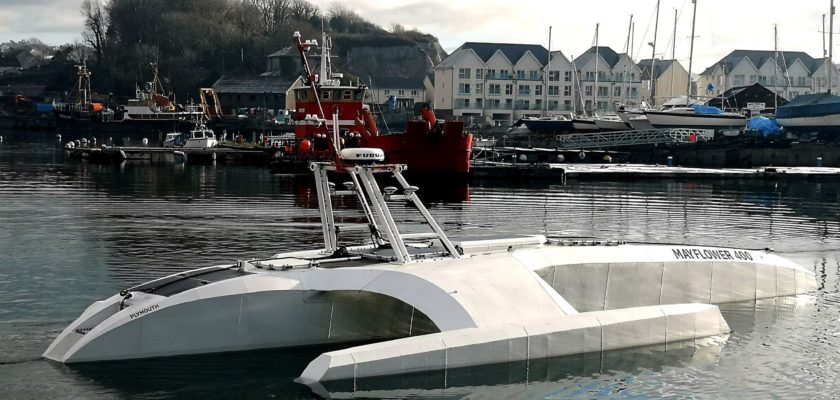Oh boy is this year going to be exciting for maritime technology and connectivity!
Yesterday I read that SpaceEx wants to bring its Starlink internet to cars, boats and airplanes, and then today I see a technology demo from OneWeb where they managed to get 500Mbps download @ 32ms as well!
These Low Earth Orbiting (LEO) satellite services are being deployed today and with the very real promise of delivering global, low latency and high bandwidth connectivity anywhere within very short timescales. Naturally all of them are looking at ways to improve maritime connectivity which up until this point has had to rely on geostationary satellite communications when out at sea (and cellular in shore).
As a former yacht skipper and now a connectivity geek, I have a very personal and deep interest in maritime connectivity and its potential to transform shipping and oceanography. I think it likely that in many ways LEO Satellite connectivity will do the same thing for the marine world as 3G and 4G has done on land – connect people and places and things in new, interesting and powerfully transformative ways. And just like when 4G was launched, LEO Sats are a step change, an enhancement so significant, that it will create whole new industries and services at sea.
We recently joined the Mayflower Autonomous Ship Project an extraordinary fully autonomous, AI powered marine research vessel that will do a crewless, passage across the Atlantic later in the year. The connectivity onboard is very familiar consisting of 4G/5G when close to shore and GEO Stationary satellite when at sea.
This is what every connected vessel has right now and it is a compromise. The connectivity costs (sat airtime and cellular bandwidth) can be eye wateringly expensive. The dishes and antennas can be big and challenging to fit and cable in, and dealing with multiple network and service operators can be frustrating and at times impossible. And we ought to mention that after all that effort and money you might only get 2-10MBps of throughput in some locations – potentially less depending on the satellite service you’re using, and when on satellite you will have 600ms+ of network latency to deal with also.
Imagine then, having a single sat terminal that works anywhere you sail. A terminal that provides hundreds of Megabits of thoughput at very low latencies. What could you do differently? What services would become available and common place? What about teleoperated pilotage into harbours? Or fleets of drones performing scientific tests and search and rescue? Or remotely piloted salvage or drilling operations – the possibilities are as endless as the oceans themselves.
I can’t wait to see what comes next…

